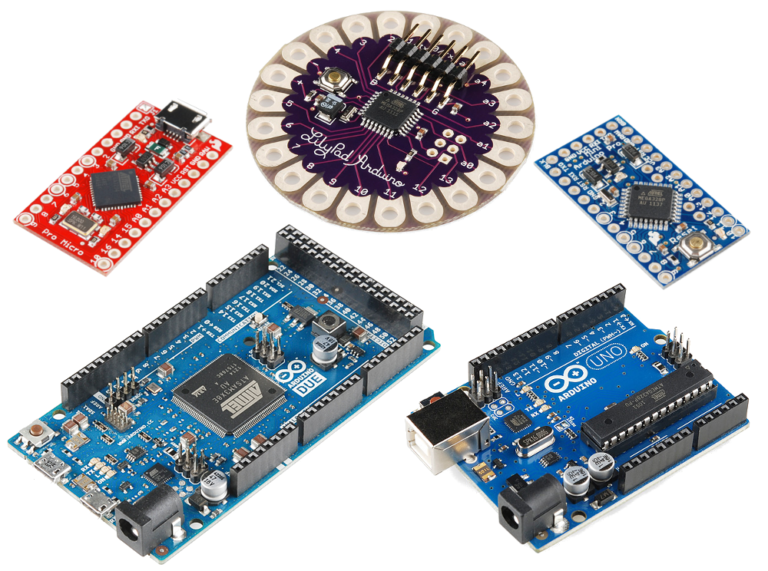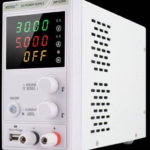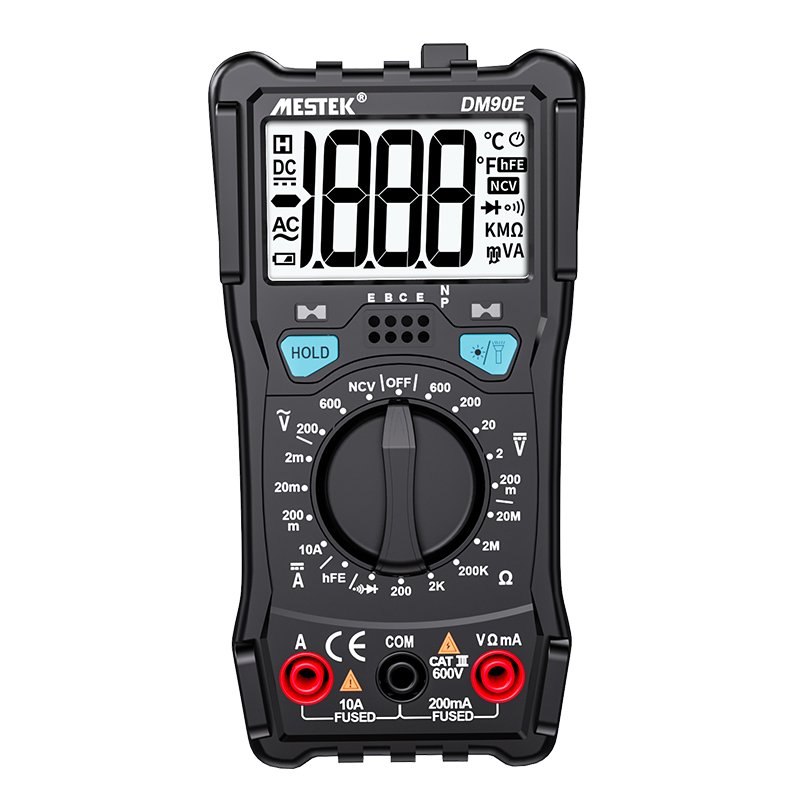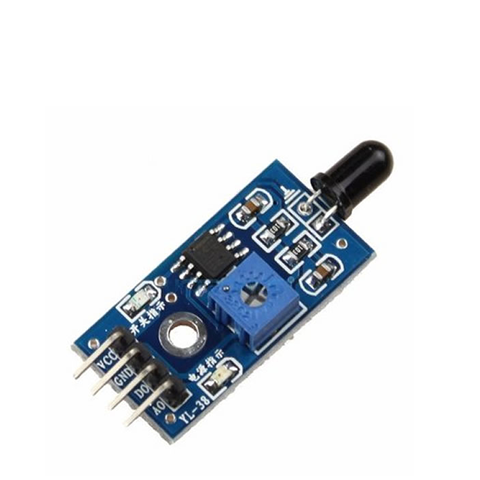JST Male-Female Power Connector
₦ 1,000
Fast Shipping
Technical Support
Experienced technical support
Nationwide Delivery
To all 36 States
Description
JST Male-Female Power Connector is a generic term referring to a pair of mating plugs and sockets from Japan Solderless Terminal (JST) that are used to connect power. Since JST manufactures many different series of connectors, the specific type you need depends on the current and voltage requirements of your application. The most common JST connectors used for small-scale power applications are the VH, XH, and RCY series.
Common JST series for power connectors:
JST VH series
- Best for: Higher power applications.
- Features:
- Pitch: 3.96 mm.
- Current rating: Up to 10A.
- Voltage rating: 250V.
- Locking: Uses a positive latching mechanism for a secure connection.
- Applications: Industrial motor controls, power tool battery packs, and automotive power distribution systems.
JST XH series
- Best for: A wide range of general-purpose power and signal applications.
- Features:
- Pitch: 2.5 mm.
- Current rating: Up to 3A.
- Voltage rating: 250V.
- Locking: Features a secure friction-lock for reliable mating.
- Applications: 3D printers, internal computer wiring, and battery balancer cables for RC applications.
JST RCY series (BEC connector)
- Best for: Moderate-power connections in RC (radio control) devices.
- Features:
- Pitch: 2.5 mm.
- Current rating: Up to 3A.
- Locking: A snap-lock mechanism provides a secure connection.
- Design: Features a durable, longer housing, typically red in color.
- Applications: RC vehicle auxiliary equipment, battery packs, and drones.
Key differences for male-female pairs:
The “male” connector generally has exposed pins, while the “female” connector contains the sockets. For safety in power applications, it is common practice to use the male connector for the power source (like a battery) so that its shrouded design protects against shorting.
How to choose the right connector:
- Determine your current and voltage needs. The current rating is the most critical factor for power applications, as exceeding it can cause overheating or fire.
- Consider the size constraints. The pitch, or pin spacing, is a defining characteristic of each JST series. A smaller pitch allows for higher-density wiring in compact spaces.
- Evaluate the operating environment. If the connection is subject to vibration or needs to be secure, choose a series with a locking mechanism, such as the VH, XH, or RCY.
- Confirm compatibility. JST series are not cross-compatible due to variations in their housing, pitch, and terminal sizes. Do not force mismatched types together.
Reviews (0)
Only logged in customers who have purchased this product may leave a review.
Shopping cart
Sign in
No account yet?
Create an Account
JST Male-Female Power Connector
₦ 1,000
JST Male-Female Power Connector is ready to ship 🇳🇬
We are here to help with tech support or orders
Open chat












 Power supply
Power supply







Reviews
Clear filtersThere are no reviews yet.